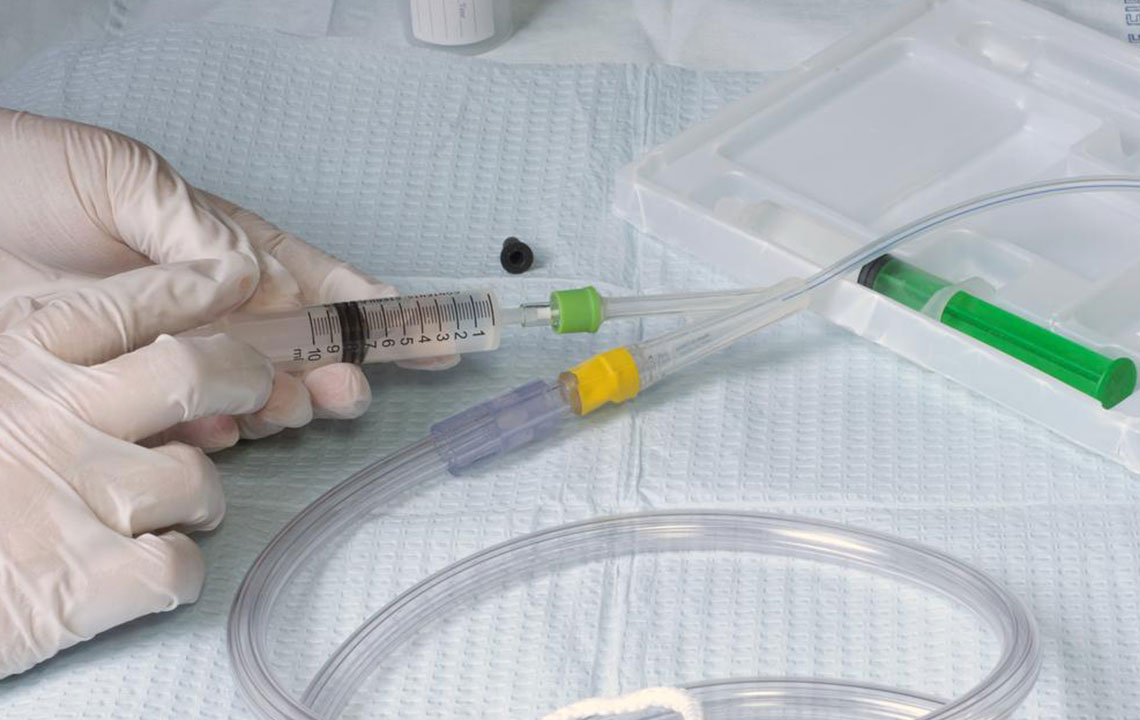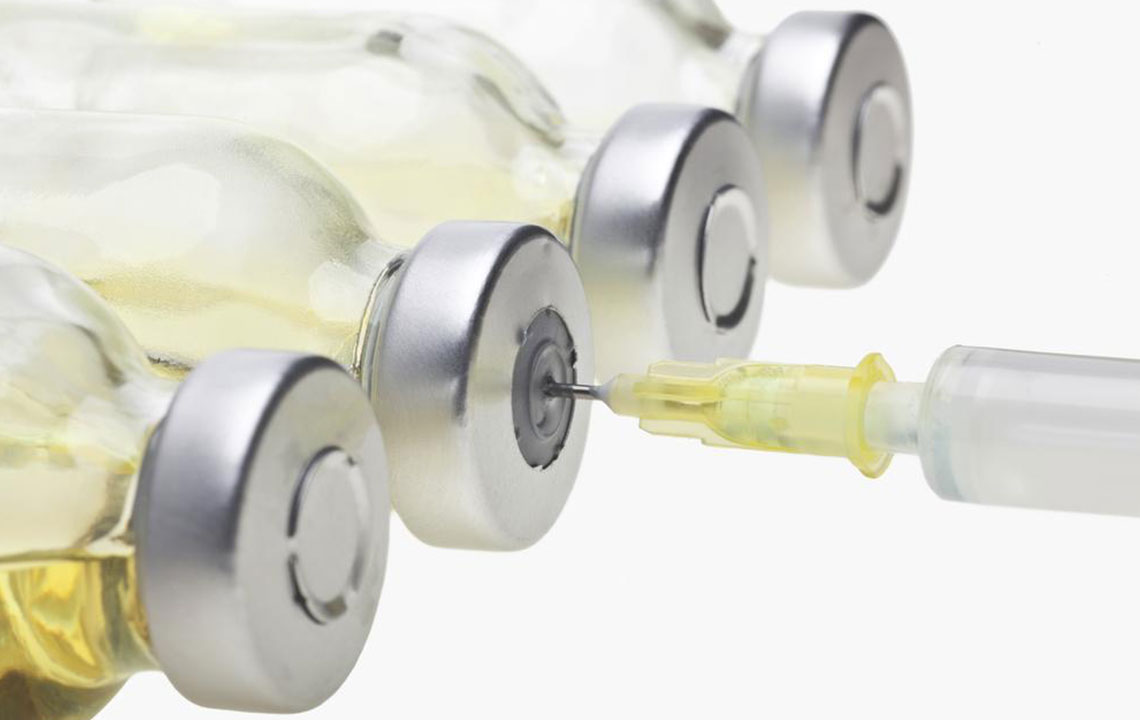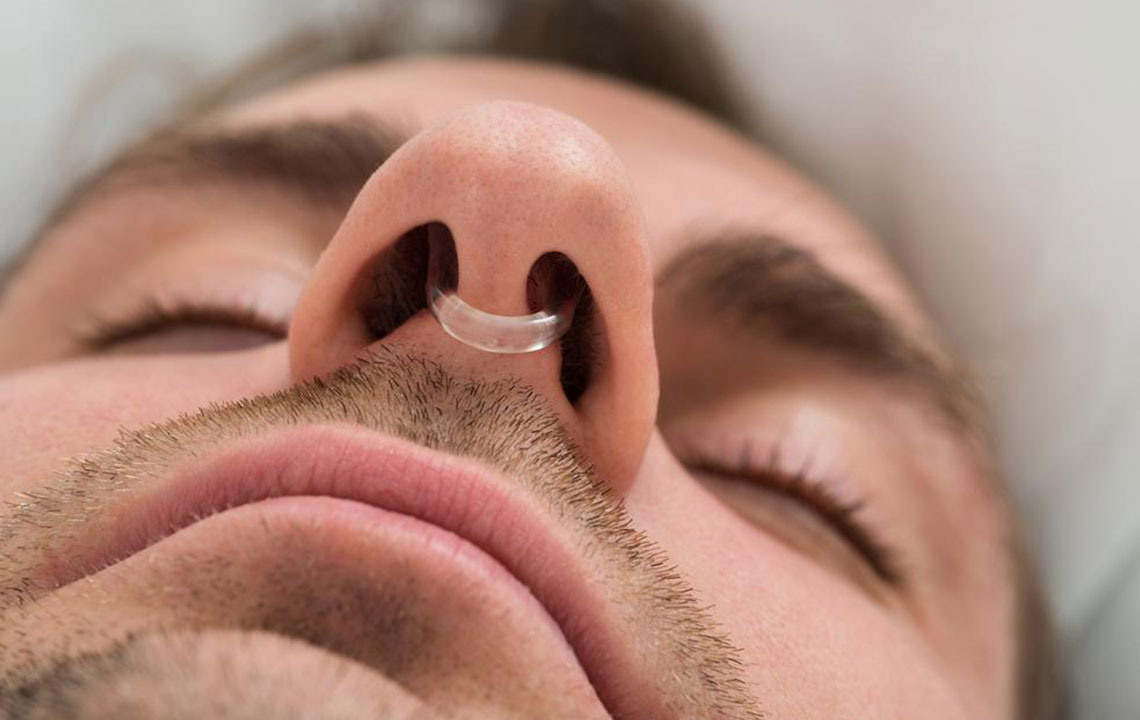Comprehensive Approaches to Managing Bladder Leakage for Better Quality of Life
Urinary leakage can greatly impact daily life and emotional well-being. This comprehensive article explores effective strategies including pelvic floor exercises, dietary adjustments, lifestyle changes, and medical treatments to enhance bladder health. Early intervention and a personalized approach are key to managing incontinence symptoms and improving quality of life.

Comprehensive Approaches to Managing Bladder Leakage for Better Quality of Life
Experiencing urinary leakage can be a highly distressing issue, significantly affecting daily routines, self-esteem, and overall health. Many individuals feel embarrassed or shy about discussing bladder control problems, often delaying seeking medical assistance. This hesitation can lead to worsening symptoms, increased discomfort, and even long-term bladder complications if left untreated.
Understanding the importance of early intervention, healthcare professionals advocate for tailored bladder management strategies that combine medical treatments with lifestyle modifications. These approaches aim to improve urinary control, reduce leakage episodes, and enhance quality of life.
Effective Strategies to Manage Urinary Leakage
Managing bladder leakage effectively involves a multi-faceted approach. Medical experts recommend a combination of lifestyle adjustments, targeted exercises, and, when necessary, medical interventions to address the root causes and symptoms of urinary incontinence.
Pelvic Floor Exercises (Kegel Exercises)
One of the most effective non-invasive strategies is strengthening the pelvic floor muscles, which support the bladder and urethra. Kegel exercises are specially designed exercises that enhance the strength and endurance of these muscles, helping to control urinary flow better.
Pelvic muscles can weaken due to various reasons such as childbirth, pregnancy, surgeries, obesity, or menopausal hormonal changes. Strengthening these muscles can significantly reduce urine leakage episodes and improve bladder control.
Identify the correct muscles by stopping urination midstream, then squeezing and relaxing these muscles during Kegel exercises.
Perform each contraction for 5 to 10 seconds, then relax, breathing normally. Aim for three sets of 10 repetitions daily to see noticeable improvements.
Lifestyle Changes for Better Bladder Health
In addition to exercises, making certain lifestyle modifications can support bladder health and mitigate leakage episodes.
Adopt a diet rich in high-fiber foods to promote healthy digestion and prevent constipation, which can exert pressure on the bladder.
Limit intake of bladder irritants such as caffeine, alcohol, spicy foods, and acidic fruits like tomatoes and citrus, which can aggravate symptoms.
Quit smoking, as nicotine and irritants in tobacco contribute to bladder inflammation and increase leakage risks.
Maintain a healthy weight to reduce undue pressure on the bladder and pelvic organs.
Medical and Therapeutic Interventions
When lifestyle changes and exercises aren't sufficient, medical interventions guided by healthcare providers can be highly effective.
Medications: Doctors may prescribe drugs for overactive bladder or to relax the bladder muscles, reducing urgency and leakage episodes.
Hormonal Therapy: Estrogen creams or patches may benefit women experiencing menopausal urinary symptoms by strengthening pelvic tissues.
Vaginal Devices and Pessaries: For certain cases, specially designed devices can help support the pelvic organs and prevent leakage, especially in mild cases.
Early diagnosis and proactive management are vital. Combining medical treatments with lifestyle modifications can lead to significant improvements in bladder control, preventing future complications and enhancing overall well-being.





